The sun salutation, known as Surya Namaskar in Sanskrit, is a set of 12 repetitive asanas that are supposed to provide various health benefits. For example, inverted poses, such as a downward dog can help improve blood flow and circulation.
It is an excellent exercise that can be done without any equipment and can be modified for any age and level of competence. And while much of yoga is rich in legend, we bring you some scientific evidence for our claims.
On that note, We put together some of the many benefits of sun salutation and why it can do so much for your physical and mental well-being.
Health Benefits of Surya Namaskar
It Burns 400+ Calories In 30 Minutes
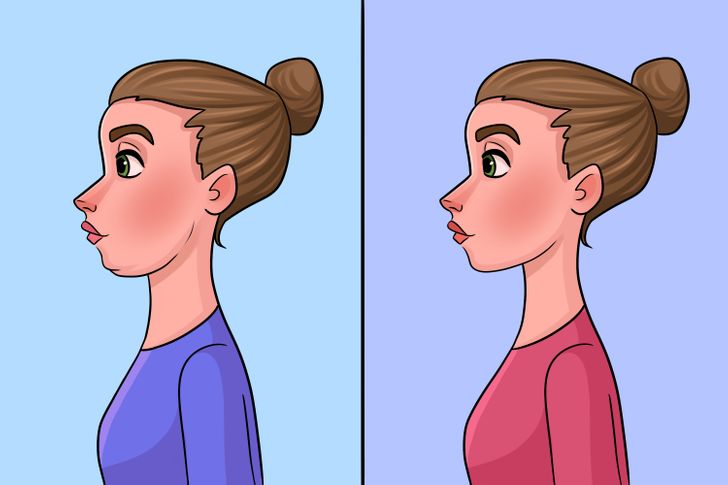
A single sun salutation is a set of 12 asanas or poses and is called around. Each round of Sun Salutation burns about 13.90 calories if done quickly and takes 30 seconds to a minute to complete. If you take a minute to complete around and do 30 in 30 minutes, you will burn 417 calories.
Of course, this speed and amount of sun salutations will take time and practice to achieve. If you’re just starting out, you’d better take it easy. And the good news is that even the slowest practice has similar health benefits.
It’s A Full-body Workout, That Adds Muscle Strength And Flexibility
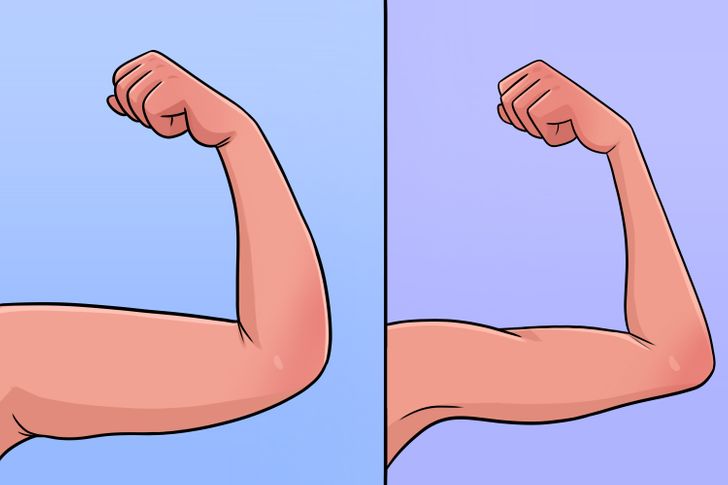
The sun salutation can be done quickly or slowly. Done quickly, it becomes a moderate-intensity cardiovascular exercise, better than walking, but less intense than running. It uses all the major muscle groups of the body and helps to tone and lose weight.
While more in-depth studies are needed to identify the exact changes that can occur to a body when doing the Sun Salutation, remember, this is called complete training. It helps to stretch the muscles and also strengthens the joints.
Sun Salutations Regulate Metabolism And Digestion
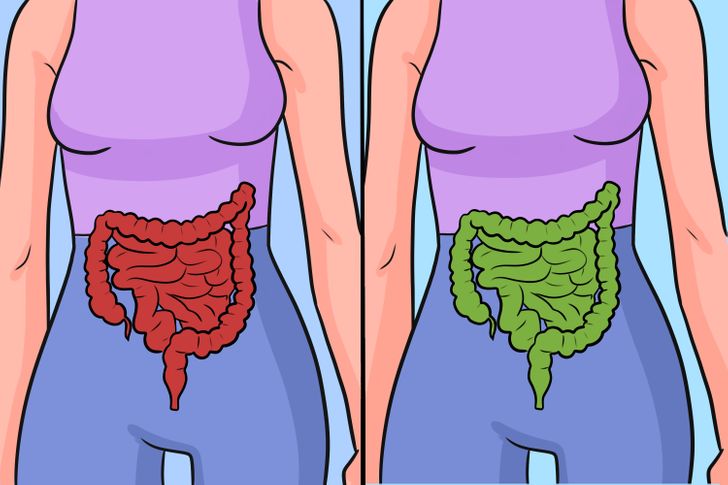
Some sun salutation poses, as we’ll illustrate at the end of this article, compress and lengthen the body’s digestive organs. If done in the morning on an empty stomach, it can flush toxins from the body and aid in better overall digestion.
Along with better digestion, Sun Salutation, like any moderate-paced exercise performed regularly, can improve metabolism. Basically, if you eat healthily and with regular practice, you can help with weight loss and better absorption of nutrients by the body.
It Betters Thyroid Functions And Other Hormones In The Body
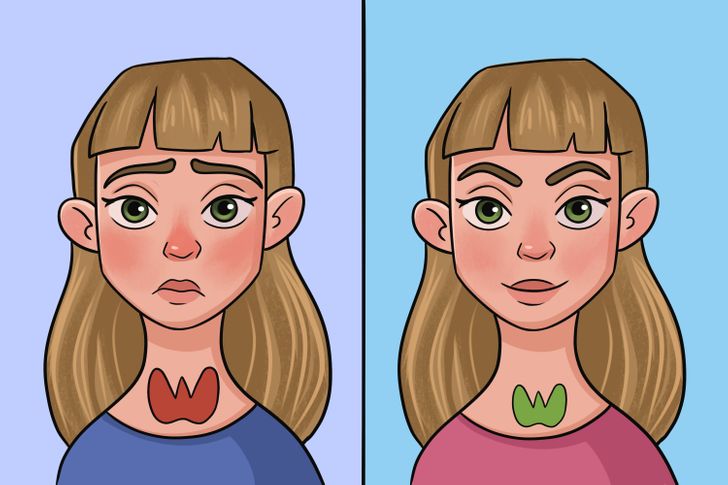
Studies indicate that regular practice of sun salutation can balance the thyroid levels in the body because one of the poses compresses and stretches the thyroid gland.
It can also help regulate insulin levels in the body in people with type 2 diabetes, regulate other hormones produced in the body, and help women regulate menstrual cycles.
It Betters Cardiovascular And Neural Health
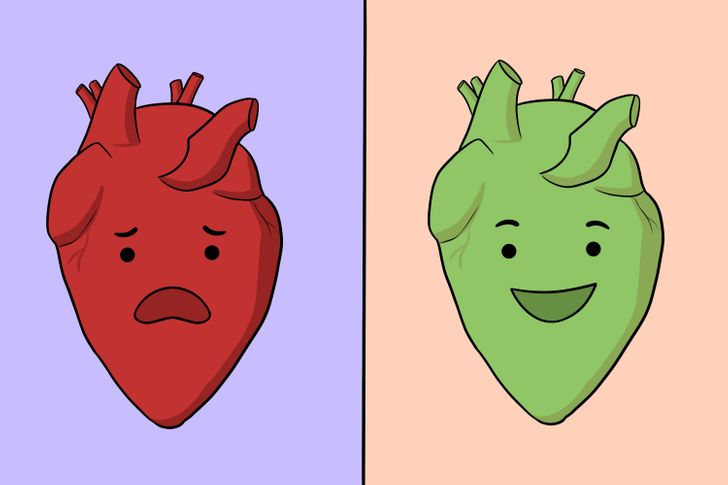
Practicing sun salutations regularly can improve cholesterol levels, according to a study. Other studies show that even moderate speed, the kind that burns the fewest calories, also improves cardiovascular function.
Of course, it’s not just a sun salutation or yoga, any exercise improves heart health. Therefore, it is always a good idea to be on the go as much as your lifestyle and health allow.
It Can Be Performed At Any Age, In Easy Or Difficult Formats
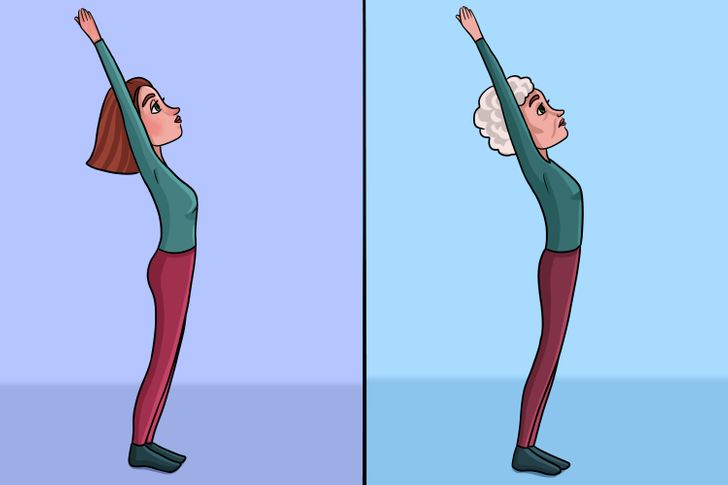
The sun salutation in its original form is quite exhausting. But it can be modified and made easier for the elderly or for people with injuries and mobility problems. While calorie loss may not be that significant, there are always benefits to any amount or type of exercise.
READ RELATED: Met Police Commander accused of 'calling pregnant colleague a f******* nutter'
This Is How To Do A Sun Salutation
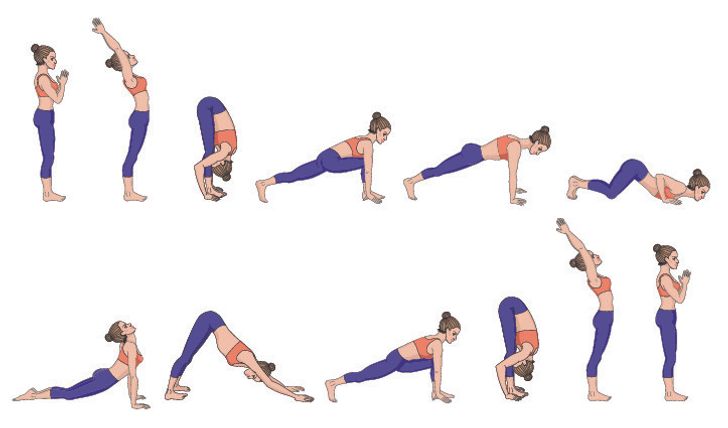
Here’s how to perform the 12 steps of a sun salutation as shown in the image above, moving from left to right.
Pranamasana (Prayer Pose): Begin standing with your feet slightly apart. Cross your hands, bring them to your chest in Namaste, and bow your head. Inhale and exhale calmly.
Hastauttasana (Back Bend Pose): Begin with a deep breath and raise your hands above your head, making sure your ears are centered between your arms. Bend your body back and contract your stomach. Hold the posture and breath for 10-15 seconds.
Padahastasana (Standing Forward Bend): Exhale and bend forward, extending the spine. Touch your toes and, if you can lower yourself, place your palms on the floor, keeping your knees straight. Go as far as you can without bending your knees.
Ashwasanchalasana (Equestrian Pose): Now inhale and lift your left leg back, keeping your hands on the ground. Place your toes and knee on the floor and at the same time bend your right knee, keeping it straight from the waist up. Your right knee should be between your arms. Look up as much as you can, breathe out, and roll your eyes to the sun.
Kumbhakasana (Plank Pose): Inhale and move your right leg back as you lift your left knee so that it is parallel to the right, keeping your toes on the ground. Lower your hips and spine while keeping your hands flat on the floor. Your body will form a table or plank parallel to the ground, with your arms straight. Exhale.
Ashtanga Namaskar (eight-point salutation): Inhale and lower your knees to the ground while bending your elbows. Exhale and touch the ground with your chest, along with your chin. It is necessary to stretch and support the stomach and abdomen to avoid contact with the ground.
Bhujangasana (Snake Pose): Inhale and move forward, lifting the body starting at the spine before straightening the arms. Keep your lower body aligned with your pelvis and your feet flat on the floor. Remember not to hunch your shoulders.
Parvatasana (Downward Dog): Exhale and lift your body from the hips. Move your feet so that you are lying flat on the floor, keeping your knees straight. The spine should extend as you look down and form a mountain peak with your body, the hips being the highest.
Ashwasanchalasana (equestrian pose): Inhale and return to the equestrian pose. Make sure the opposite leg comes back. The left leg should now be in front and the right leg in the back, reflecting the posture from step 4.
Padahastasana (Standing Forward Bend): Exhale and bring your right leg forward, stretching both legs to stand tall, while keeping the front of your body bent, palms on the floor, or touching your toes.
Hastauttasana (curved back pose): inhale and stretch your upper body keeping your spine extended, bringing your arms above your head with your ears centered between them. Lean back and hold for 10-15 seconds.
Pranamasana: Exhale and move forward, straightening the spine. Lower your arms to the Namaste pose from step 1.
Have you practiced sun salutation before? What has been your experience with yoga and what changes has it had in your life and your health?
Source: crfatsides









